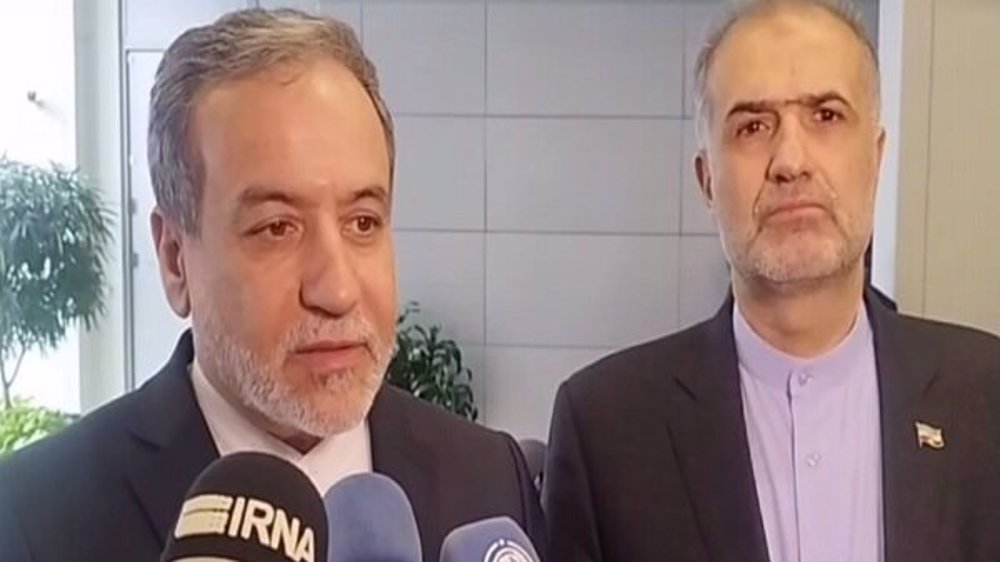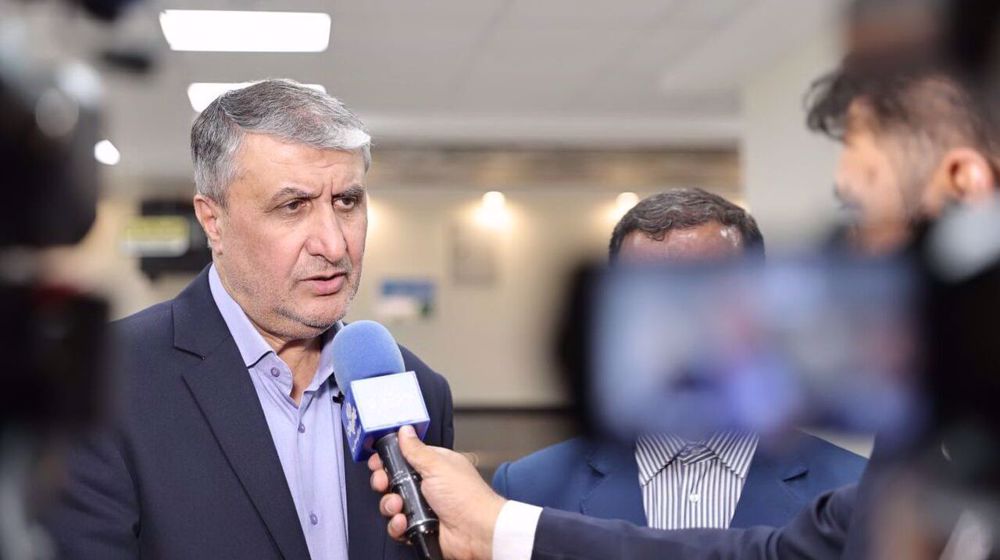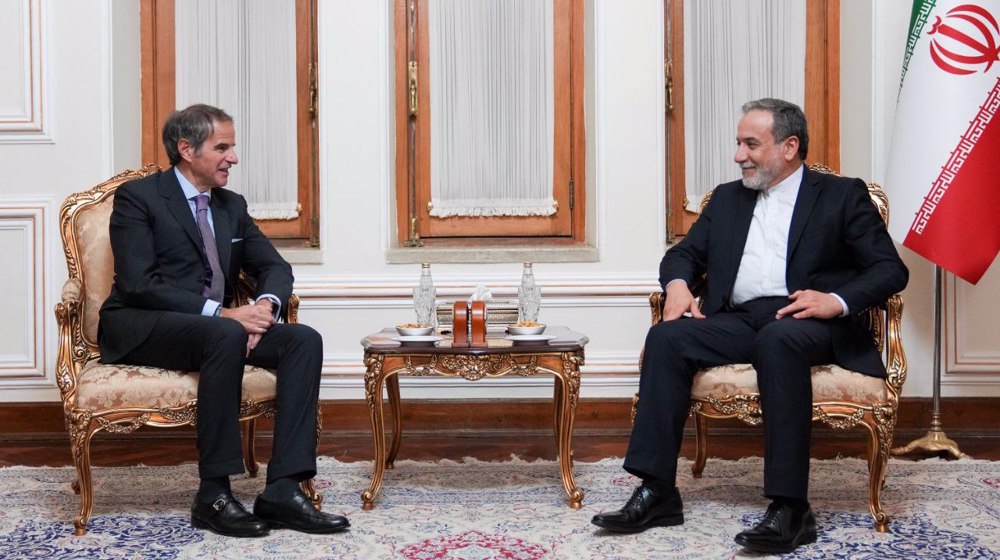Iran accumulates slightly more than 130 tonnes of heavy water: IAEA
The International Atomic Energy Agency (IAEA) says Iran has accumulated slightly more than 130 tonnes of heavy water, in another move taken by Tehran to scale back its commitments under a nuclear deal it clinched with major world powers in 2015.
"On 16 November 2019, Iran informed the Agency that its stock of heavy water had exceeded 130 metric tonnes," the IAEA said in a report to member states obtained by Reuters on Monday.
"On 17 November 2019, the Agency verified that the Heavy Water Production Plant (HWPP) was in operation and that Iran's stock of heavy water was 131.5 metric tonnes," it added.
In response to the US move to unilaterally withdraw from the nuclear accord, officially known as the Joint Comprehensive Plan of Action (JCPOA), and reimpose sanctions, Tehran has so far rowed back on its nuclear commitments four times in compliance with Articles 26 and 36 of the JCPOA, but stressed that its retaliatory measures will be reversible as soon as Europe finds practical ways to shield the mutual trade from the US sanctions.
As a first step, Iran increased its enriched uranium stockpile to beyond the 300 kilograms set by the JCPOA.
In the second step, Tehran began enriching uranium to purity rates beyond the JCPOA limit of 3.76 percent.
In the third phase, after the Europeans failed to meet a 60-day deadline to meet Iran’s demands and fulfill their commitments under the deal, Iran started up advanced centrifuges to boost the country's stockpile of enriched uranium and activated 20 IR-4 and 20 IR-6 centrifuges for research and development purposes.
Earlier this month, Iran began injecting gas into centrifuges at the Fordow plant as part of its fourth step away from the JCPOA under the supervision of the IAEA.
Iran’s Arak heavy water reactor was also agreed to be redesigned under the JCPOA that allows the country to keep up to 130 tonnes of heavy water at present and up to 90 tonnes once its redesigned and rebuilt Arak reactor is commissioned.
Head of the Atomic Energy Organization of Iran (AEOI) Ali Akbar Salehi said on October 7 that the secondary part of the Arak heavy water reactor will become operational within the next three weeks.
“We will make the secondary part of the Arak Heavy Water Reactor Facility operational as early as the next three weeks; the reactor consists of primary and secondary sections whereby an overwhelming part of [nuclear] processes is done in the latter,” Salehi told reporters after attending a parliamentary committee session in Tehran.
The US Department of Energy used to buy several batches of heavy water from Iran, but President Donald Trump halted the purchases and ordered other countries to follow suit after he reimposed sanctions on Tehran.
Ali Asghar Zare'an, special assistant to the AEOI head, said later on October 20 that the secondary circuit of the Arak heavy water reactor will come on-stream within the next two weeks and its cold tests will be completed by March 2021, adding that the Arak reactor will become fully operational within the next two years.
Back in July, Iran's President Hassan Rouhani said that the Arak heavy water nuclear reactor will resume its previous activities after July 7 if the other signatories to the deal fail to uphold their end of the bargain.
“As of July 7, the Arak reactor would be restored to its former condition, which they (other parties) used to claim was ‘dangerous’ and could produce plutonium” if the other deal partners fail to fully act on their commitments under the accord, Rouhani said.
Tehran says the European cosignatories to the deal— Britain, Germany and France — have so far failed to uphold their commitments. They have expressed vocal support for the deal, but failed to provide meaningful economic incentives as required under the nuclear agreement.
Read more:

Iran's FM in Russia to 'consult on matters of common concern'

IAEA should maintain neutrality in Tehran-Washington talks: Iran nuclear chief

Iran says IAEA can play ‘crucial’ role in resolving nuclear issue
French journalists stage 'die-in protest' in support of Palestinian reporters
Massacre in Gaza: Israel kills over two dozen, including family of 13
VIDEO | Press TV's news headlines
VIDEO | US carries out 69 airstrikes in one day across Yemen
VIDEO | Grossi ‘impressed’ as Iran showcases 50 years of peaceful nuclear progress
US airstrikes on Yemen's Ras Isa oil port kill 38 people
VIDEO | Failed US policy reinstated
Nine US military planes deliver bunker-busting bombs to Israel









 This makes it easy to access the Press TV website
This makes it easy to access the Press TV website